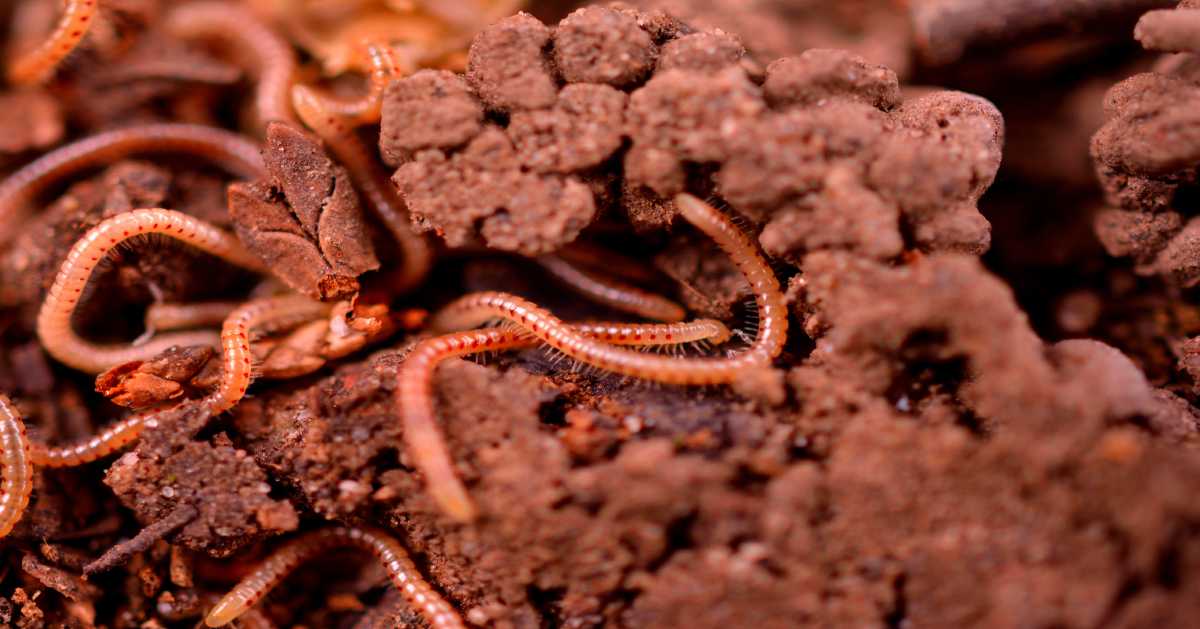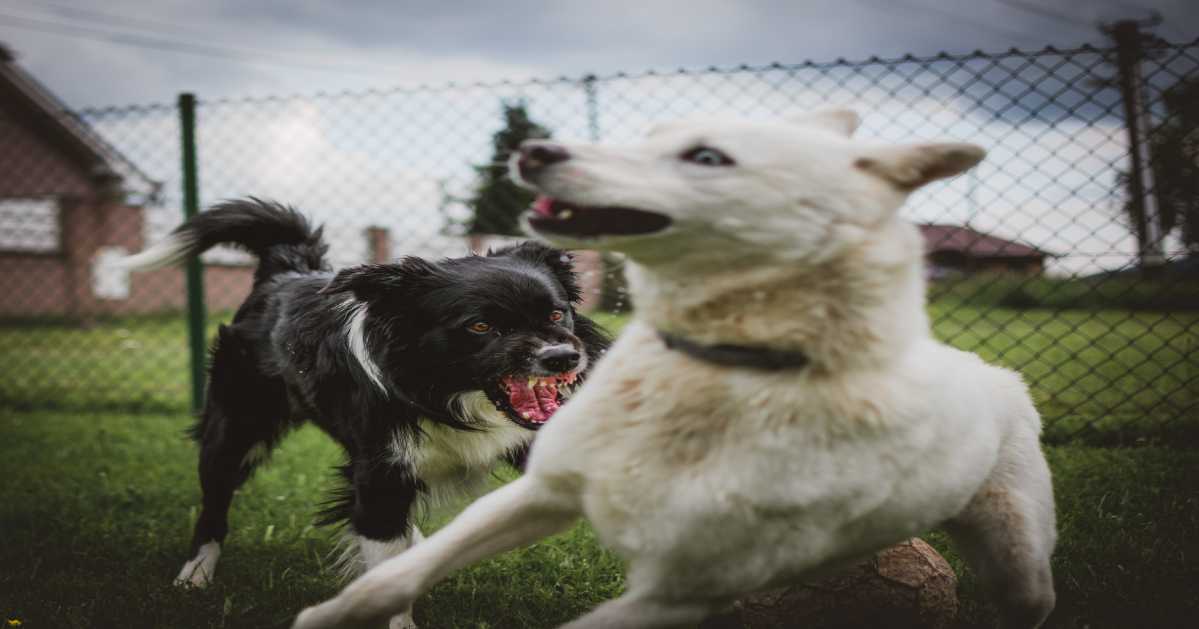
Owning a pet dog comes with its responsibilities and risks. If not taken care of properly, it’ll be easy for your dog to catch fatal diseases. Like us, our dogs will fall sick. But unlike us, our dogs won’t be able to voice out their pain and discomfort. While it can be frustrating and scary at times to know that our dog has fallen ill, there are symptoms that can tell us what we should look out for.
As owners, it’s our job to look out for the signs of the various diseases that may be fatal for our dogs. Here are the top 8 diseases and their symptoms that you should know today!
1. Parvovirus (Parvo)
Parvovirus is a disease transmittable through direct contact or airborne exposure. It is usually contracted through direct contact with another sick dog’s fecal matter. What makes this disease dangerous is its low chance of survival yet is also highly contagious.
Symptoms
Dog who contracted the disease would develop symptoms within 3 to 7 days. Your dog would experience severe bloody diarrhea, anorexia and lethargy. Other symptoms include fever, vomiting, weight loss and dehydration.
Treatment
The chances of survival are dependable to various factors. Age, severity of the disease, swiftness of the vet are but a few examples of factors. Regardless, the chances of survival are definitely less than 50%. However, the disease can be prevented with vaccinations.
2. Heartworm

One of the more popular diseases, the heartworm is transmitted through mosquito bites. Just as the name suggests, the disease brings worms into your dog’s heart. The disease wouldn’t be fatal immediately. It would only be fatal after there’s a built-up amount of worms in the heart.
That sounds like a relief point, but it is the very reason why the disease is dangerous. Your dog would not show any signs or symptoms of contracting the disease at first. When your dog do show signs, it is usually too late for treatment.
Symptoms
There are four progression stages to the disease. In the first stage, your dog would be completely asymptomatic. Entering the second stage, your dog would experience coughing and would get tired much easier. On the third stage, the symptoms would start be more severe. Your dog would experience weight or muscle loss, breathing difficulty, dry or greasy hair and fluid accumulation in the abdomen area. In the fourth stage, your dog would develop something called Caval Syndrome.
Caval Syndrome develops when there is too much of a built-up in the amount of worms that are in your dog’s heart. In short, the built-up worms would block the flow of blood in your dog’s heart, causing death.
Treatments
For the early stages of the disease, medication would be given to your dog to kill the worms. Usually, that would be 3 injections spread out in the span of a month. In that month time, your dog would most probably be hospitalized. It might be longer than a month depending on the condition and the vet’s analysis. In either case, be in contact with your vet!
Other medications might be given to your dog as well for other areas. You might even need to give your dog medication after the hospitalization.
In the fourth stage however, death is almost imminent. There is the option for surgery but the chances of survival will be slim.
In terms of prevention, you can get vaccination for the disease early on. Bring your dog for check ups annually as well to ensure that its clean from the disease. There are also preventive medicines that you can buy to feed your dog. Do consult with your vet before purchasing to get the green light!
3. Lyme Disease
Lyme disease comes from tick bites, most commonly from deer ticks. If left untreated, it can cause kidney failure that’ll result to death. The disease would kick in if the tick is attached to your dog for more than 18 hours. With that said, the disease would take effect quickly.
Symptoms
Lyme diseases are known to cause pain in your dog’s leg. This means that your dog would start limping around and would have difficult walking. The pain would also shift from leg to leg. Your dog would also experience fever and a loss in appetite.
Treatment
The disease can be cured through antibiotic medications. It would usually take 4 weeks for your dog to get better. Apart from that, take preventive measures. Get your dog vaccinated for Lyme disease. Check for fleas after every time you bring your dog out or get flea collars for your dog.
4. Kidney Failure

It is a common thing for dogs to catch kidney failures. There are various causes for kidney failures. Genetic dispositions, medicinal complications, unhealthy living or stress are some examples of causes. With that said, kidney failures are almost always natural, making it harder to spot sometimes.
Symptoms
Your dog would feel thirsty more than usual. He would also lose the ability to control his bladder. Increase or decrease in urination, lethargy and decreased appetite are other symptoms to look out for as well.
Treatment
In most natural cases of kidney failure, there are unfortunately no preventive measures. Chronic kidney failure is almost always terminal as well. Treatments would usually focus more on improving the quality of life for your dog. This includes diet, medicines and the overall comfort in your dog’s living standard. Dialysis is recommended as well to monitor the condition of your dog.
5. Kennel Cough
Kennel Cough is highly contagious through air exposure or direct touch. Just like the name suggests, it can usually be contracted from places with large groups of dogs like kennels or dog parks. Puppies, non-vaccinated or older dogs are more susceptible to the disease due to their weaker immune system. The danger of this disease is that its symptoms are incredibly similar to Canine Distemper. Many have assumed it to be a mere cough when in reality, it is much more fatal.
Symptoms
The common symptoms of the disease are runny nose, constant sneezing and definitely heavy coughs. Your dog would also feel lethargic and have a loss in appetite. In some cases, fever would also occur.
Treatments
Antibiotics are common medicines that’ll be given to your dog by the vet. Preventive vaccines can be taken to add to the layer of protection for your dog.
6. Rabies

Another well-known disease, rabies is contracted through the saliva or bite from an infected animal. The disease can be transmitted to humans as well. With that said, it is important to notice the signs and take extreme care in dealing with it.
Symptoms
Rabies are known to cause a sudden spike in the infected animal’s aggression. You should get your suspicions up if your dog suddenly becomes dramatically aggressive. Dogs would also usually bite or lick their bitten wound. As your dog’s condition worsens, your dog may start to get extremely sensitive to light, sound and touch. In most cases, your dog would start to experience paralysis on the jaws and mouth. At the final stages, your dog would experience weakness and seizures before death hits.
Treatment
Unfortunately, there are no treatments for rabies and it is almost always fatal when contracted. The only thing left is prevention. Be careful for aggressive animals when you bring you dog out for a walk. Be on the look out also for vaccine updates for your dogs. If you are up to date with the vaccines, the chances of contracting rabies will undoubtedly decrease.
7. Canine Distemper
The Canine Distemper is extremely contagious. It hardens the nose and the paws of your dog. It is generally transmittable through air exposure or direct contact. Puppies or dogs hitting old age are generally more at risk of the disease due to their weaker immune system.
Symptoms
When contracted, your dog would experience symptoms in two stages. On the first stage, your dog would experience fever, severe diarrhea, appetite loss, weight loss, nasal discharge, lethargy and vomiting. In some cases, infected dogs would also develop hyperkeratosis where the dog’s paws would be enlarged and hardened.
On the second stage, infected dogs would start experiencing symptoms from neurological damage caused by the virus. Those symptoms include seizures, head tilting, convulsions, muscle twitching and even paralysis, either partially or completely.
Treatments
Unfortunately, there is currently no cure available for this disease. With that said, the chances of survival is slim and would it often leads to death. However, there is a prevention method available! The disease can be prevented with a vaccine shot designed to combat the disease. If you are worried then get in contact with your local vet and sign up for the vaccination. Other method includes keeping your dog away from fecal matters and be cautious when your dog socializes with other animals.
8. Leptospirosis

This disease is often contracted through consumption of infected meat or contact with fecal matter from infected dogs. This disease is also transmittable to both dogs and humans.
Symptoms
There is a spectrum of symptoms varying to different degrees. In other words, it’s different for every dog. Some experience symptoms much more severe than others. The most common symptoms include fever, increase in thirst and urination, lethargy, vomiting and diarrhea, sore muscles, pain in joints and the loss of appetite In more severe cases, the disease can lead to swollen legs, lung disease or even kidney failures.
Treatments
Your dog would most likely be needed to receive hospitalization. Since the disease is bacterial, it can be cured. However, the disease are often times fatal. So if you notice symptoms, bring you dog to the vet as soon as possible. Apart from treatments, preventive vaccines are the better option here.
These are but some examples of many other diseases that may be life-threatening to your dog. Learn the signs to catch them! Your dog’s life depends on the knowledge that you have.








